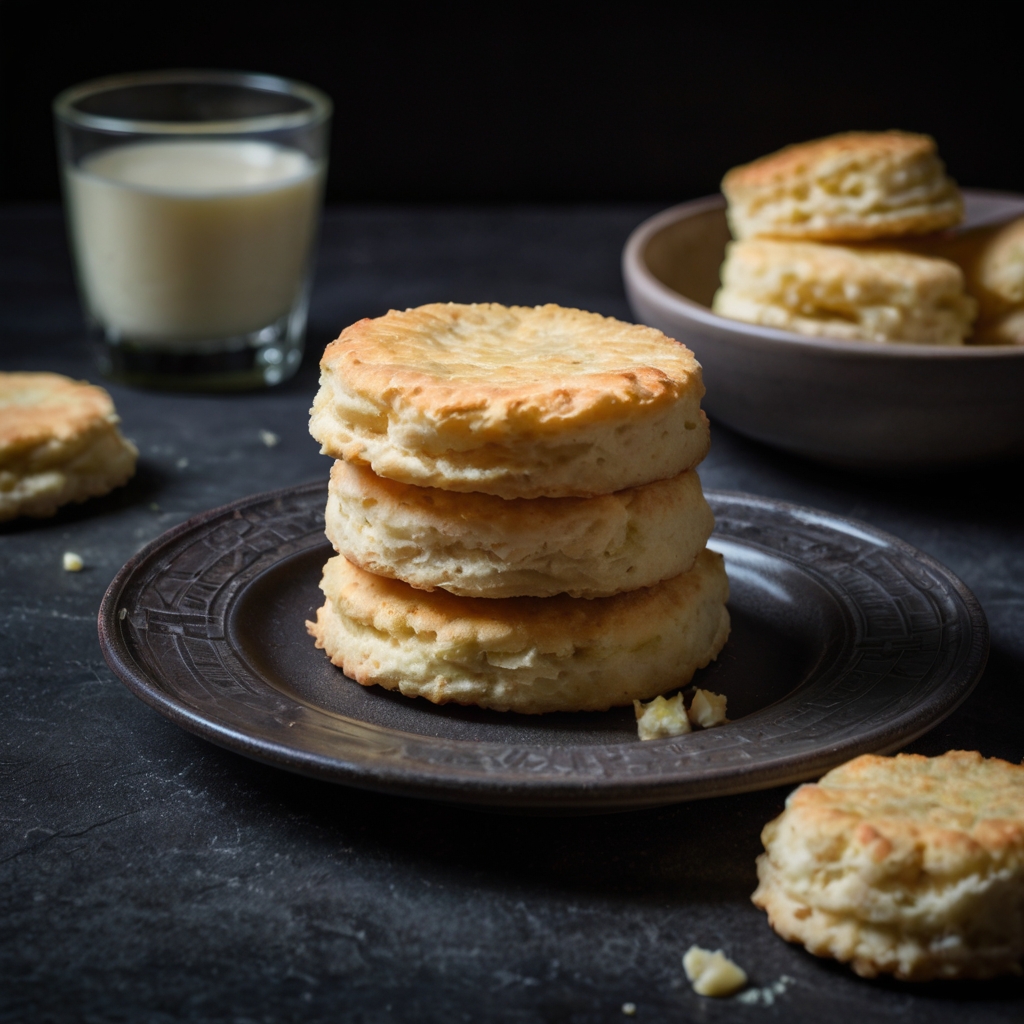
Today is May 14, and on this day in history, kitchens across America fill with the aroma of buttermilk biscuits rising in ovens, golden and expectant. National Buttermilk Biscuit Day passes mostly unnoticed by the masses, yet these simple flour-and-fat concoctions tell a story more profound than their humble ingredients suggest.
The buttermilk biscuit emerged from necessity during lean times. When wheat flour began replacing cornmeal in Southern kitchens in the 1800s, folks discovered that leftover buttermilk from butter-making could transform basic ingredients into something transcendent. What fascinates me about the biscuit is how it represents that peculiarly American talent for making virtue from scarcity.
Morning light hits my kitchen window as I consider the biscuit’s journey. From slave cabins to plantation houses, from chuck wagons to church socials, this simple bread crossed boundaries that people themselves often couldn’t. Food carries memory in a way history books never manage. Each pat of dough contains echoes of hands that once kneaded similar mounds – some free, some in bondage, all hungry.
The biscuit reveals our contradictions. We celebrate its rustic simplicity while pursuing endless variations and perfections. We share recipes like precious heirlooms yet argue fiercely over technique – cold butter or lard, folded or rolled, beaten or stirred. These aren’t merely culinary debates but conversations about identity, inheritance, and belonging.
Time moves differently around biscuits. The fifteen minutes they bake becomes a meditation – too short to wander far, just long enough to steep in anticipation. Their lifecycle is brief by design: made to be eaten warm, they resist preservation. Unlike monuments built to last centuries, biscuits remind us that some of life’s most meaningful experiences are ephemeral.
The miracle of transformation happens in darkness and heat. Flour, fat, and sour milk somehow become greater than their sum. This alchemy occurs countless times today in kitchens across the country, each baker performing the same ritual yet producing something uniquely theirs.
What draws us to these simple breads on cold mornings? Perhaps it’s that rare convergence of practicality and pleasure, necessity and comfort. In a world grown increasingly complex, the biscuit remains stubbornly straightforward – a small, warm certainty in uncertain times.
As evening approaches on this May 14th, biscuit crumbs scattered across countless plates tell their quiet stories of American persistence. From desperate improvisation came something worth celebrating – not with parades or speeches, but with butter melting on warm bread, which might be celebration enough.
Leave a Reply